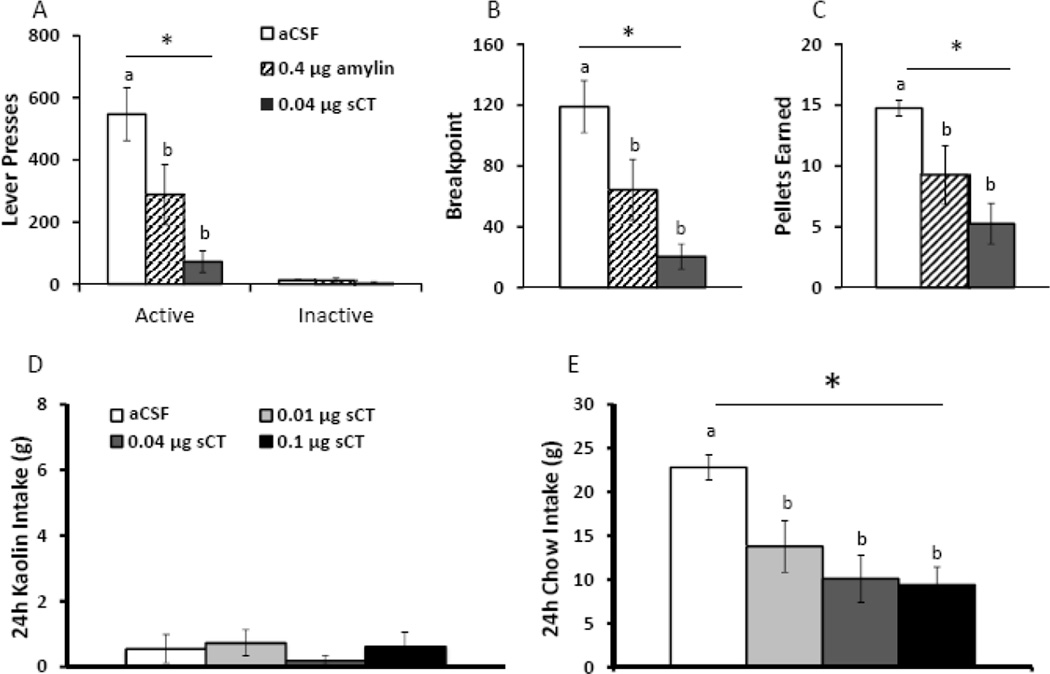Figure 4. Intra-LDTg amylin receptor activation suppresses motivated feeding but does not produce malaise.
The ability of LDTg amylin receptor activation to reduce sucrose self-administration on a PR schedule of reinforcement was assessed (n=8). Intra-LDTg amylin receptor activation with amylin (0.4µg) or sCT (0.04µg) suppresses active lever presses (A), breakpoint (B), and pellets earned (C). To determine if LDTg amylin receptor activation produces nausea/malaise, pica (ingestion of non-nutritive substances in response to a noxious stimulus) was measured. Animals received access to both chow and kaolin clay for one week prior to the beginning of the experiment. The amylin receptor agonist, sCT, was unilaterally injected into the LDTg using the following doses: 0 (aCSF), 0.01, 0.04, and 0.1 µg (n=6). Intra-LDTg amylin receptor activation does not increase kaolin clay intake (D) but suppresses chow intake at 24h (E). Key in A applies to A, B and C; key in D applies to D and E. * indicates significance by repeated measures ANOVA (p<0.01); different letters are significantly different from each other according to post-hoc tests (p<0.05).

